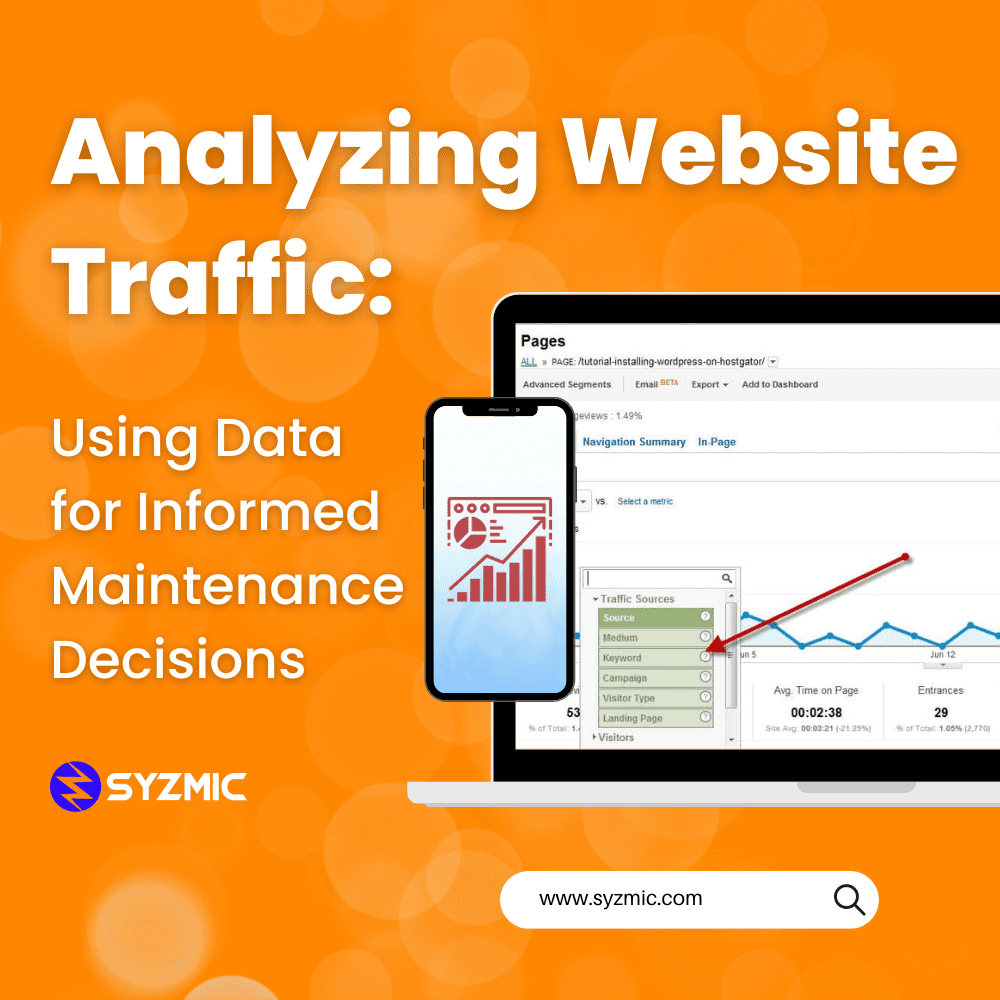As a marketing agency, creating accurate and timely website quotes is crucial for your success. However, the process can often be overwhelming and time-consuming, especially if you’re dealing with multiple projects simultaneously. That’s why we’ve put together this step-by-step tutorial to simplify the website quoting process for marketing agencies. In this guide, we’ll walk you through each stage of creating a website quote, from gathering client requirements to estimating costs and finalizing the proposal. We’ll also share some tips and best practices to help you streamline your workflow and ensure that your quotes are both accurate and competitive. Whether you’re a seasoned professional or just starting out, this tutorial will equip you with the knowledge and tools you need to create winning website quotes that meet both your clients’ needs and your business goals. So let’s dive in and make website quoting easy!
Why is website quoting important for marketing agencies?
Website quoting is a critical part of any marketing agency’s workflow. It’s the process of creating a detailed estimate of the time, resources, and cost required to complete a website project for a client. Accurate website quoting helps ensure that your agency is profitable, that you deliver projects on time, and that you meet your clients’ expectations.
Website quoting also helps demonstrate your agency’s professionalism and expertise. By providing a detailed, itemized quote, you show your clients that you understand their requirements and that you have the skills and experience necessary to deliver a high-quality website within budget and on time.
Finally, website quoting helps mitigate risk. By creating a detailed proposal that outlines the scope of the project and the responsibilities of both your agency and the client, you can avoid misunderstandings and disputes down the line.
Understanding the client’s needs and goals
Before you can create an accurate website quote, you need to understand your client’s needs and goals. This involves asking the right questions, listening carefully, and taking detailed notes.
Start by scheduling a meeting or phone call with the client to discuss their project requirements. Ask open-ended questions to encourage the client to share their vision, goals, and priorities. Some questions you might ask include:
– What is the purpose of the website?
– Who is the target audience?
– What are the key features and functionality required?
– What is the timeline for the project?
– What is the budget for the project?
Once you’ve gathered this information, it’s important to summarize it in writing and share it with the client for approval. This ensures that you’re both on the same page and that there are no misunderstandings or surprises down the line.
Analyzing the scope of the project
Once you have a clear understanding of the client’s needs and goals, it’s time to analyze the scope of the project. This involves breaking the project down into smaller tasks and estimating the time and resources required to complete each one.
Start by creating a detailed project plan that outlines the major milestones and deliverables, as well as the tasks required to complete each one. For example, if the project involves designing a new website, your project plan might include tasks such as:
– Conducting a competitor analysis
– Creating a site map and wireframes
– Designing the homepage and interior pages
– Developing the website on a staging server
– Testing and debugging the website
– Launching the website on the client’s server
Next, estimate the time required to complete each task, and assign each task to a team member with the appropriate skills and experience. This will help you create a realistic timeline for the project and ensure that you have the resources you need to deliver on time and within budget.
Estimating the time and resources required
Once you’ve analyzed the scope of the project and created a detailed project plan, it’s time to estimate the time and resources required to complete the project. This involves considering a range of factors, including:
– The complexity of the project
– The number of team members required
– The availability of team members
– The need for specialized skills or tools
– The timeline for the project
To estimate the time required, start by breaking each task down into smaller sub-tasks and estimating the time required to complete each one. Be sure to factor in any potential roadblocks or delays that could impact the timeline.
Next, estimate the resources required, including the number of team members, their skill level, and any specialized tools or software required. Be sure to consider the availability of team members and any potential conflicts that could impact the project timeline.
Calculating the cost of the project
Once you’ve estimated the time and resources required to complete the project, it’s time to calculate the cost. This involves considering a range of factors, including:
– The hourly rate for each team member
– The cost of any specialized tools or software required
– Any additional expenses, such as hosting or domain registration fees
To calculate the cost, multiply the estimated time required for each task by the hourly rate for each team member. Add any additional expenses, such as hosting or domain registration fees, to arrive at the total project cost.
It’s important to be transparent with the client about how you arrived at the project cost. Provide a detailed breakdown of the estimated time and resources required, as well as any additional expenses. This will help build trust with the client and ensure that there are no surprises down the line.
Presenting the quote to the client
Once you’ve calculated the cost of the project, it’s time to present the quote to the client. This involves creating a detailed proposal that outlines the scope of the project, the timeline, the resources required, and the cost.
Your proposal should be professional, clear, and easy to understand. It should include a summary of the client’s requirements, a detailed breakdown of the estimated time and resources required, and a clear project timeline. Be sure to also include your agency’s terms and conditions, including payment terms, cancellation policies, and any other relevant details.
Addressing client concerns and negotiating the quote
After presenting the quote to the client, it’s important to address any concerns they may have and be open to negotiating the quote if necessary. This involves listening carefully to their feedback and concerns and working collaboratively to find a solution that meets both their needs and your agency’s goals.
Be prepared to explain your reasoning behind the estimated time and resources required, and be open to adjusting the project scope or timeline if necessary. The goal is to find a solution that meets both the client’s needs and your agency’s goals.
Creating a contract and payment terms
Once the client has accepted the quote and agreed to move forward with the project, it’s time to create a contract and establish payment terms.
Your contract should include all the details outlined in your proposal, including the project scope, timeline, resources required, and cost. It should also include your agency’s terms and conditions, including payment terms, cancellation policies, and any other relevant details.
Be sure to review the contract with the client and answer any questions they may have. Once both parties have agreed to the terms, have the client sign the contract and make any required payments.
Tips for successful website quoting
Here are some tips and best practices to help streamline your website quoting process and ensure that your quotes are both accurate and competitive:
– Use a project management tool to help you stay organized and track progress on each task
– Be transparent with the client about how you arrived at the project cost, and provide a detailed breakdown of the estimated time and resources required
– Be open to negotiating the quote if necessary, and work collaboratively with the client to find a solution that meets both their needs and your agency’s goals
– Use templates and standardized processes to help streamline your workflow and save time
– Prioritize clear communication and be responsive to the client’s needs and concerns
Conclusion
Website quoting is a critical part of any marketing agency’s workflow. By following these steps and best practices, you can create accurate and competitive website quotes that meet both your clients’ needs and your business goals. Remember to prioritize clear communication, transparency, and collaboration throughout the quoting process, and be open to negotiating the quote if necessary. With these tips and tools in hand, you can streamline your workflow and make website quoting easy!








0 Comments